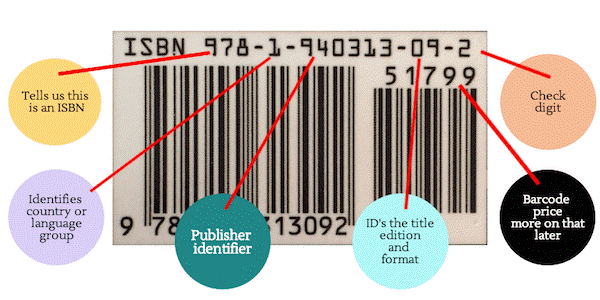
- Schicchi D, Pilato G (2018) WORDY: a semi-automatic methodology aimed at the creation of neologisms based on a semantic network and blending devices. In: Barolli L, Terzo O (eds) Complex, intelligent, and software intensive systems. Springer, Cham, pp 236–248CrossRefGoogle Scholar
- Schicchi D, Pilato G (2018) A social humanoid robot as a playfellow for vocabulary enhancement. In: 2018 second IEEE international conference on robotic computing (IRC). IEEE Computer Society, Los Alamitos, pp 205–208Google Scholar
- Di Gangi MA, Federico M (2018) Deep neural machine translation with weakly-recurrent units. In: 21st annual conference of the European association for machine translation, pp 119–128Google Scholar
- Alfano M, Lenzitti B, Lo Bosco G, Perticone V (2015) An automatic system for helping health consumers to understand medical texts, pp 622–627Google Scholar
- Kincaid J (1975) Derivation of new readability formulas: (automated readability index, fog count and Flesch reading ease formula) for navy enlisted personnel. Research branch report. Chief of naval technical training, Naval Air Station MemphisGoogle Scholar
- Dell’Orletta F, Montemagni S, Venturi G (2011) Read-it: assessing readability of Italian texts with a view to text simplification. In: Proceedings of the second workshop on speech and language processing for assistive technologies. Association for Computational Linguistics, pp 73–83Google Scholar
- Xu W, Napoles C, Pavlick E, Chen Q, Callison-Burch C (2016) Optimizing statistical machine translation for text simplification. Trans Assoc Comput Linguist 4:401–415. https://doi.org/10.1162/tacl_a_00107CrossRefGoogle Scholar
- Lo Bosco G, Pilato G, Schicchi D (2018) A recurrent deep neural network model to measure sentence complexity for the Italian language. In: Proceedings of the sixth international workshop on artificial intelligence and cognitionGoogle Scholar
- Cortes C, Vapnik V (1995) Support-vector networks. Mach Learn 20(3):273–297zbMATHGoogle Scholar
- Schmid H (2013) Probabilistic part-of-speech tagging using decision trees. In: New methods in language processing, p 154Google Scholar
- Hochreiter S, Schmidhuber J (1997) Long short-term memory. Neural Comput 9(8):1735–1780CrossRefGoogle Scholar
- Goodfellow I, Bengio Y, Courville A (2016) Deep learning. MIT Press, CambridgezbMATHGoogle Scholar
- Xu W, Callison-Burch C, Napoles C (2015) Problems in current text simplification research: new data can help. Trans Assoc Comput Linguist 3:283–297. https://doi.org/10.1162/tacl_a_00139CrossRefGoogle Scholar
- Lo Bosco G, Pilato G, Schicchi D (2018) A sentence based system for measuring syntax complexity using a recurrent deep neural network. In: 2nd workshop on natural language for artificial intelligence, NL4AI 2018, vol 2244. CEUR-WS, pp 95–101Google Scholar
- Bosco GL, Pilato G, Schicchi D (2018) A neural network model for the evaluation of text complexity in Italian language: a representation point of view. Procedia Comput Sci 145:464–470CrossRefGoogle Scholar
Complexity Of Text Complexity Of Thoughtthoughtfull English Translator
We examined several factors of text complexity (average sentence length, Au-tomated Readability Index, sentence complexity and passive voice) in the 20th century for two main English language varieties – British and American, using the ‘Brown family’ of corpora. In British English, we compared the complexity of texts published in 1931, 1961. The final measurement of a text is “Reader and Task” which refers to reader variables like motivation, knowledge, experiences and task variables (the purpose and complexity of the task posed). Fighting heropotato games on. This system is how a textually complex literary text is chosen to be used in English Language Arts, Buckhanon, Kalisha. Paris: Saint Martin.

